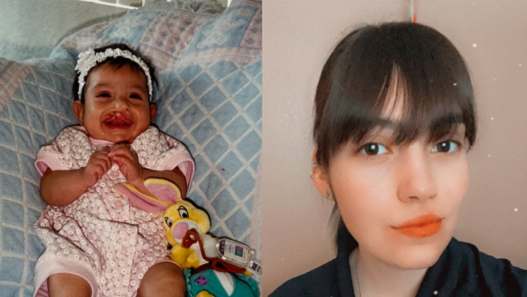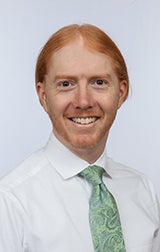5 things to Know About Cleft Lip and Craniofacial Conditions
July 13, 2022July is a special month for many of the children of the Central Valley. It’s not just that they are on summer break with the excitement of the Fourth of July, the joy of long days of leisure and the promise of late bedtimes. For many children in the Central Valley, July is a month to celebrate what sets them apart and makes them overcomers and champions as it is National Cleft and Craniofacial Awareness and Prevention month.
In order to better understand the awesome kids who are born with a cleft lip and/or palate, here are five things everyone should know:
What is a cleft lip or cleft palate?
A cleft lip is a separation of the lip into two or three parts. In the womb, the upper lip forms when tissue from three separate locations meet to create the characteristic features of our upper lip. Take a look in the mirror and you’ll notice that your upper lip has the large broad part of the lip on both sides, with ridges that separate a “central valley” that we call the philtrum. When those three areas fail to join together, a cleft in the lip develops. A cleft lip can be very mild, with just a small notch at the lip line, or it can involve a complete separation in the lip that extends into the nose affecting the gums. A cleft palate involves an opening in the roof of the mouth, creating a “hole” between the nose and the mouth that may extend from the very tip of the soft palate all the way to the gums. A child may be born with a cleft lip alone, a cleft palate only, or a combination of both a cleft lip and a cleft palate.
How common is a cleft lip or palate?
According to the CDC, approximately 1 baby out of every 1,600 born will have a cleft lip and palate, while 1 in 2,800 will be born with an isolated cleft lip and an additional 1 in 1,700 will be born with an isolated cleft palate. Boys are more likely to be born with a cleft lip, while girls are more commonly born with an isolated cleft palate. Children of either Native American or Southeast Asian descent are most commonly affected by a cleft lip and/or palate, while children of African descent are the least commonly affected.

July is National Cleft Lip and Craniofacial Awareness Month, a condition that made Anali feel different at just 6 years old. Click here to read Anali’s story and how the experts at Valley Children’s helped her build confidence that has inspired her big dreams.
What causes a cleft lip or palate?
The answer to that question is still quite complex. In general, there are a variety of things that may cause a cleft lip and/or palate, including a patient’s family history and/or certain medical conditions such as diabetes and obesity in the mother, exposure to certain substances like smoking or alcohol and even certain medications taken during pregnancy. While it is often hard to identify the specific cause, what we can say for certain is that each child is special and early detection and treatment is available.
Can a cleft lip or palate be cured?
Unfortunately, there is no simple “cure” for a child who is born with a cleft lip or palate. However, treatment for a child with a cleft lip or palate often starts in the womb if the condition is diagnosed early by ultrasound. At that time, the family can attend a “prenatal” visit to discuss the condition and to start to receive support and advice. Immediately after birth, feeding and breathing are the most critical areas to support, involving multiple members of a care team to help the child learn to feed and grow. Throughout childhood and into early adulthood, kids born with a cleft lip or palate will benefit from treatment from a variety of specialists including surgeons, speech therapists, dentists and orthodontists, to name a few. While this journey is not quick or easy, a team of caring providers will be here every step of the way to help both the parent and child to live their life to the fullest.
Can a child with a cleft lip or palate lead a “normal” life?
While children born with a cleft lip or palate do face unique challenges and, at times, a difficult journey, they are happy and healthy with the same opportunities in life as a child born without a cleft. The joy that they bring to their families and the opportunities they face in life need not be diminished by their cleft. They truly are special kids, who overcome unique challenges, with the love and support of their family and the care of their team, to become cleft champions!
About the Author
Dr. Matthew Hiersche is medical director of Valley Children’s Pediatric Plastic and Reconstructive Surgery team. Our team of experts have some of the most specialized skills and training and has the first cleft and craniofacial program in Valley that is verified by the American Cleft Palate and Craniofacial Team. If your child is suffering from a congenital defect or visible disfigurement, you can feel confident in coming to Valley Children’s Healthcare. Learn more about our patient champions here.
